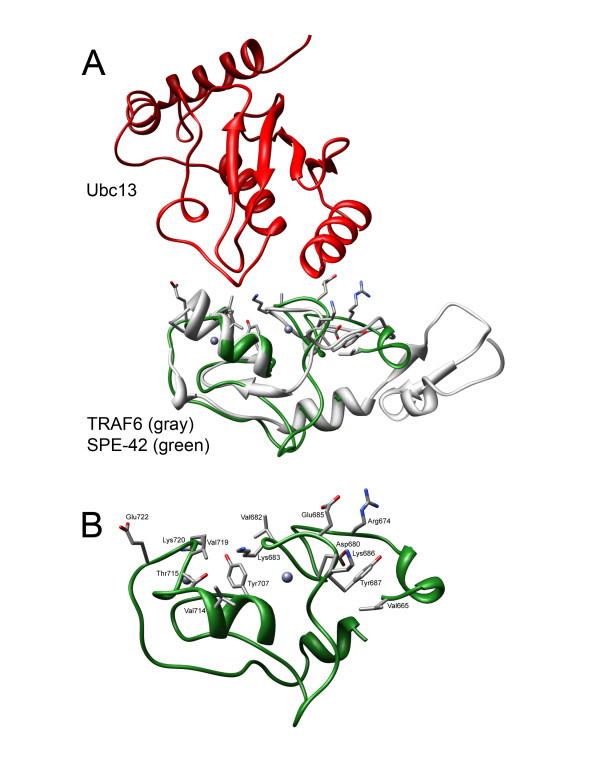User:Z3331264: Difference between revisions
| Line 23: | Line 23: | ||
[http://www.ncbi.nlm.nih.gov/pubmed/22633650 Article on PubMed] | [http://www.ncbi.nlm.nih.gov/pubmed/22633650 Article on PubMed] | ||
<pubmed>22633650</pubmed> | <pubmed>22633650</pubmed> | ||
Revision as of 19:34, 7 August 2012
Lab Attendance
Lab 1--Z3331264 11:49, 25 July 2012 (EST)
Lab 2--Z3331264 10:02, 1 August 2012 (EST)
Lab 1: Fertilisation
2010 Nobel Prize Winner in Physiology or Medicine
Robert G. Edwards, For the development of in vitro fertilisation
Recent Article on Fertilisation
Adiponectin and its receptors modulate granulosa cell and cumulus cell functions, fertility, and early embryo development in the mouse and human.
The expression of Adiponectin in mouse and human follicle cells was studied. Additionally, the function of this hormone in regulating fertilisation and early embryo development was observed. Adiponectin has been demonstrated to be secreted by adipocytes as well as ovarian cells. Their role in modulating metabolic homeostasis in granulosa and cumulus oophorus cells has also been studied. This study took into consideration, the impact of changing metabolic homeostasis on not only granulosa but also cumulus cells and thus the quality of the oocyte, pre-fertilisation. Adiponectin was shown to function as a cytokine and the levels of its receptors ADIPOR1 and ADIPOR2 were shown to be statistically significantly related to fertility outcome.
Consequently, adiponectin can enhance the quality of the oocyte pre-fertilisation as well as positively impact on embryonic development. While the particular genes involved in the response to adiponectin require further study, the applications of these results are promising. The addition of adiponectin to the maturation media of oocytes in human infertility care may improve the developmental competence of mature oocytes and enhance the possibility of successful in vitro fertilisation.
Interestingly, women with Polycystic Ovary Syndrome have lower levels of adiponectin which in turn alter the metabolic, steridogenic and apoptiotic activities of these cells. Such impacts have been hypothesised to be correlated with the lack of fertility in this cohort. Consequently, adjustments of adiponectin levels in treatment of this syndrome is a promising future research area.
<pubmed>22633650</pubmed>
Lab 2:Embryo Development
Implantation
The transcription factor CCAAT enhancer-binding protein β (C/EBPβ) plays a major role during decidualisation of the uterine stromal cells. Silencing of this protein suppressed the expression of Lamc1 which encodes for laminin. This protein is secreted by decidual cells as a constituent of the extracellular matrix (ECM). Additionally, the loss of laminin impaired ECM architecture and stromal cell differentiation. As a result of the impaired formation of a basal lamina-like matrix, trophoblast outgrowth has been reduced and the progression of embryo implantation is prevented.
<pubmed>21471197</pubmed>
